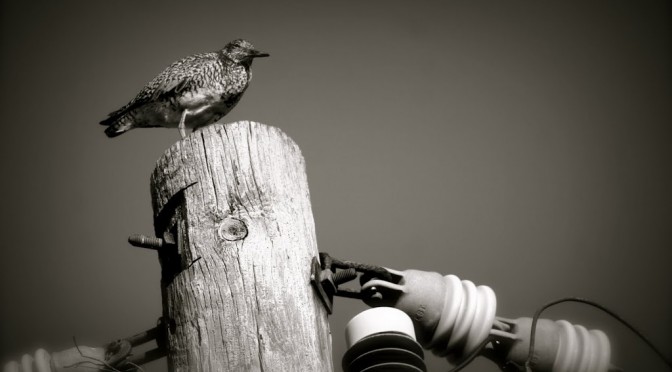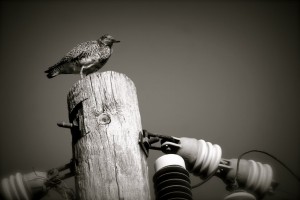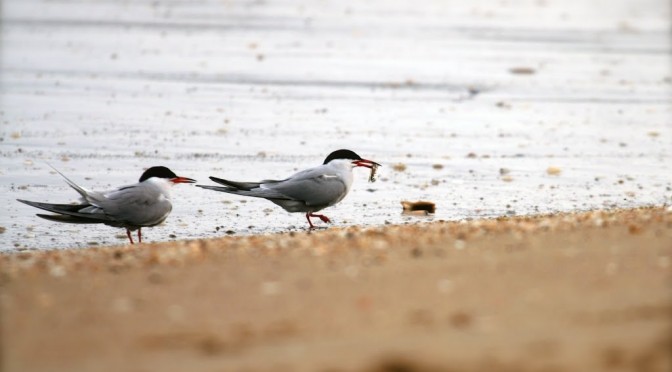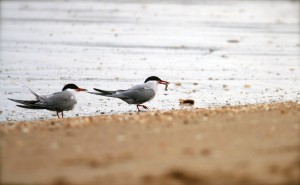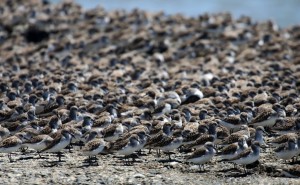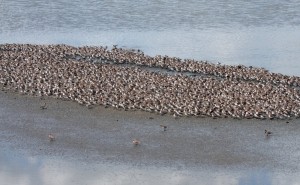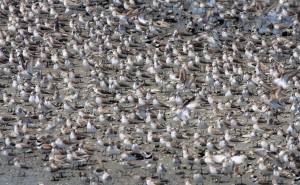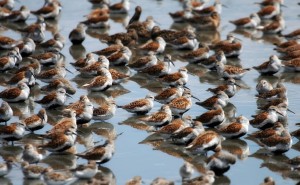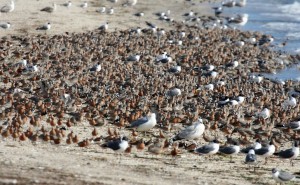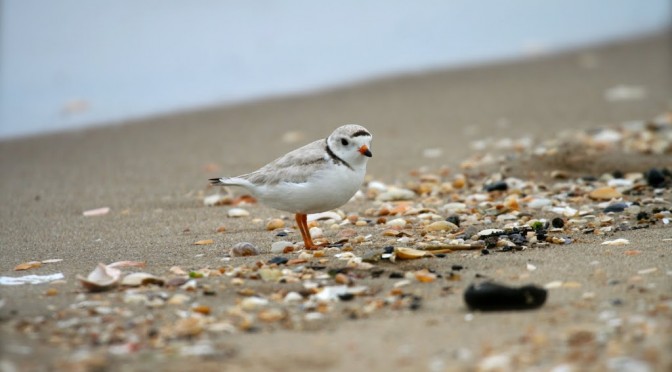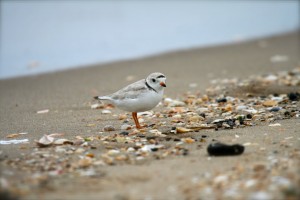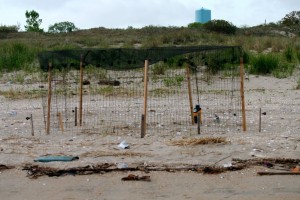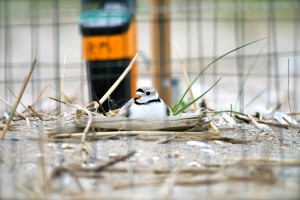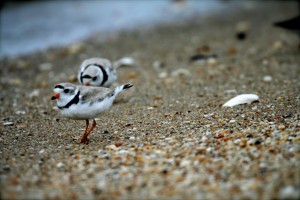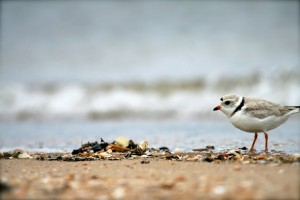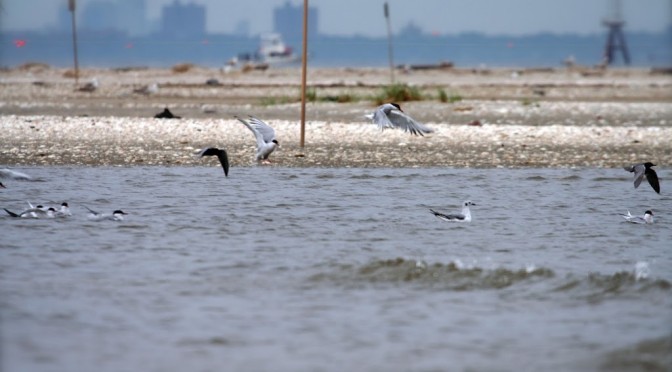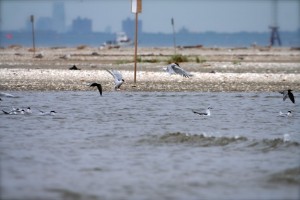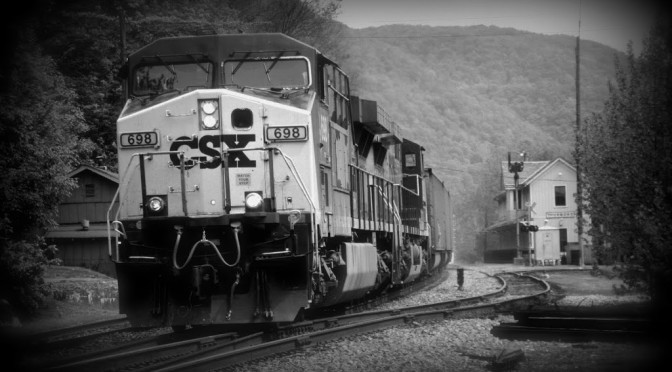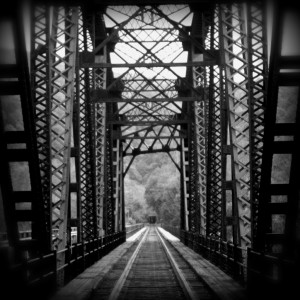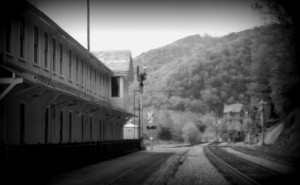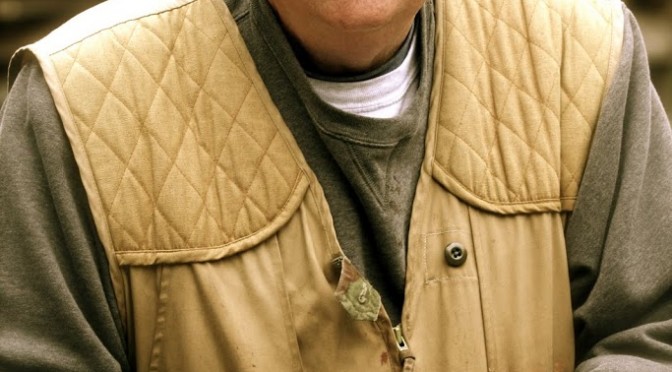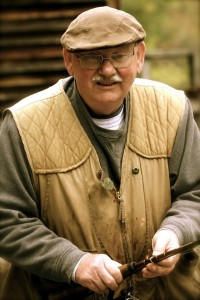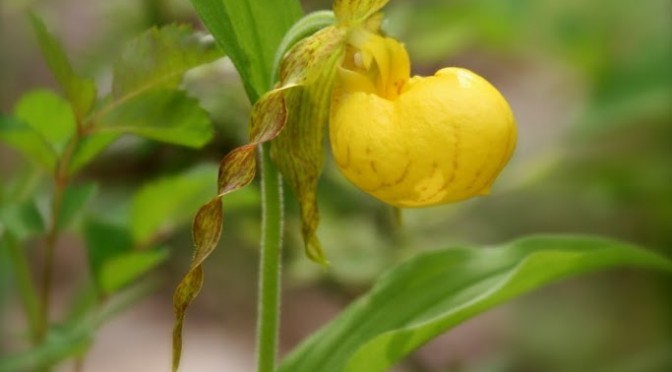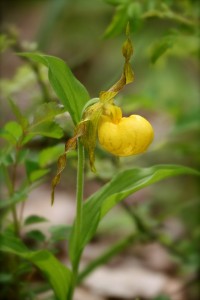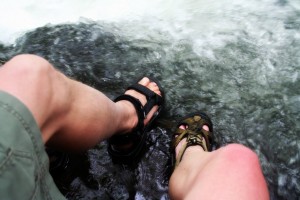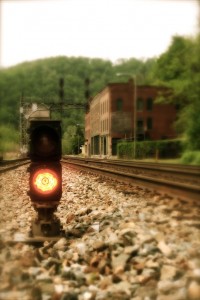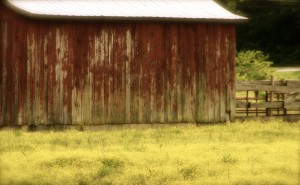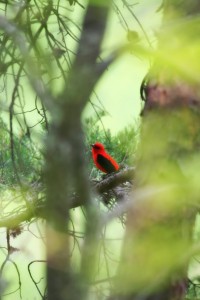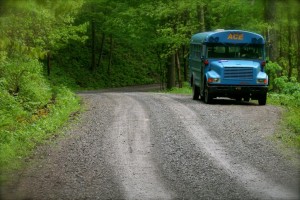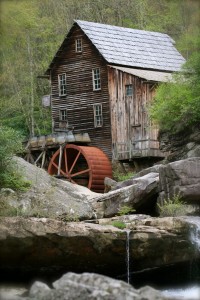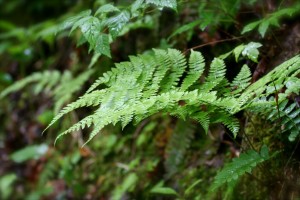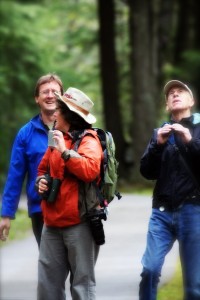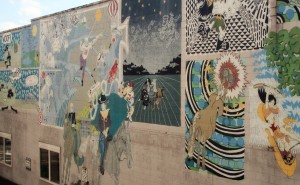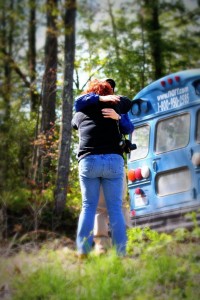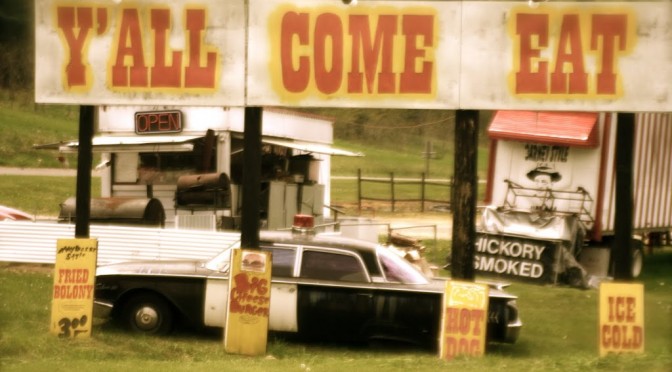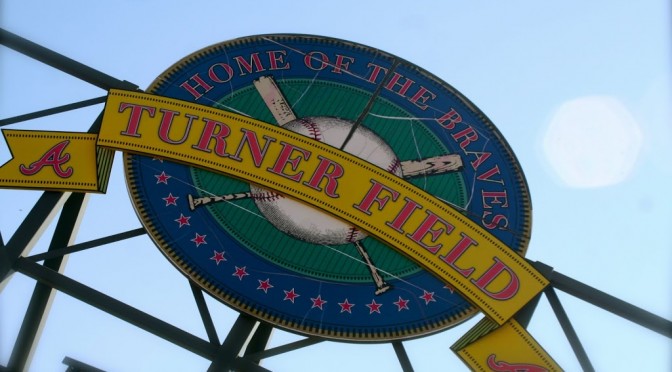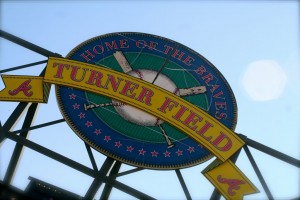Monthly Archives: May 2011
Wordless Wednesday – Flirting with fish
So I saw a couple shorebirds…
I haven’t had the heart to visit Cape May for the spring shorebird migration for a while now; probably it’s been almost 10 years, in fact.
However, the chance to share the spectacle with someone who hadn’t ever witnessed it motivated me enough to bear the chance of a broken heart for what’s been lost on the Delaware Bayshore in recent years.
I was so hoping to find more than a memory there. And we were lucky to be there on a day when the moon and the tides were in our favor… and there were thousands and thousands of shorebirds!
These first couple pics are mostly Semipalmated Sandpipers, I think. I could spend the next couple weeks trying to separate them from the Sanderlings I think I know so well.
What I hope you’ll take away from these pics is the sheer abundance of birds gathered there to feed and rest.
For all the denying I like to do about shorebirds, their beauty is hard to counter. Conveniently, in spring, they’re all decked out in their finest and mostly like to huddle together with their own kind, making ID easier. These are Dunlin. Aren’t they beautiful?
: )
And we found Red Knots, thank goodness! Counters estimated 5,000 in the area of Reed’s Beach that day and while I was glad for our good timing in being there on the day that they were finally “in”, the truth behind that 5,000 is not so heartening as it might seem…
More another day.
Plover news
I thought I’d take a minute to share some pix and an update on the Piping Plovers out at Sandy Hook. I got to spend some quality time with them on World Series Day when all the serious birders were sorting through the gulls and terns amassed at the end of the Fishermen’s Trail.
Did I mention that we made two death marches out there that day to look at gulls?
: )
I’ve decided this season to volunteer as a shorebird monitor at a different site, rather than Sandy Hook. At our site, we don’t yet have a pair of nesting Plovers and with each day that passes the chances of a pair nesting there decreases. It’s likely that we’ll have Least Terns, though, so I’ll still have an excuse to hang out at the beach after work a couple days a week.
Sandy Hook is a very productive site and already this season has something like 30 nesting pairs. The dunes are decorated with electrified nest exclosures like this one pictured… each one marking the location of an active nest.
The nest exclosures take the invisible and make it very conspicuous. It’d be hard to stumble upon and destroy a nest so clearly identified in this way. The electrical shock is said to be mild and just enough to deter predators like foxes and gulls from gaining entry. I’ve read that foxes continue to be a problem, however, as some learn to dig under the exclosure to get at the nest within.
Sadly, a mild shock is not enough to deter malicious people from willfully destroying Plover nests. About-to-hatch eggs were removed from an electrified exclosure at Sandy Hook a couple summers ago. That sad story is available here. Of course no one will ever be caught, but the reward sign still stands at the beginning of the Fishermen’s Trail.
Even though it goes against the Plover’s natural defense mechanism – being invisible – I’d guess these exclosures are a good thing in that they make the nests out-of-bounds for the casual beach-walker or off-leash dog. For the occasional idiot intent on hurting them, the exclosure marks an easy target.
Working the tide lines and wet sand in wash zones, both adults and chicks will seek the shore to find worms, fly larvae, beetles, crustaceans, mollusks and other invertebrates to pluck from the sand.
On World Series Day I was lucky enough to witness a nest exchange; the male sneaking in to take over egg-warming duties from the female. Later in the day, I found the pair feeding together at the shoreline.
I’m assuming this is a pair, anyway!
How such a small and unassuming bird survives in this harsh and changeable world is an incredible story. For all their dauntless spirit, Piping Plovers always seem to live on the edge of extinction, facing every year fewer nesting beaches, increasing pollution, human development and a growing population of predators. They deserve every bit of protection we can afford them.
And as much camera time as they’ll comfortably allow.
: )
World Series of Birding 2011
Life is old there
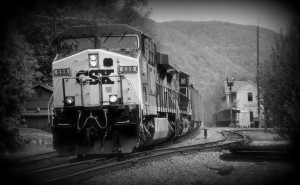 During some “off” time during the first day of the New River Birding and Nature Festival we wandered down a windy single-lane road to the long-forgotten railroad town of Thurmond, West Virginia.
During some “off” time during the first day of the New River Birding and Nature Festival we wandered down a windy single-lane road to the long-forgotten railroad town of Thurmond, West Virginia.
; )
A short walk from the railroad depot, lies Thurmond’s old downtown, built right along the railroad tracks. Several old buildings, including a bank with an impressive facade, make up the old downtown.
According to the 2000 census, Thurmond has 7 residents. Back in Thurmond’s heyday, more than 500 people lived here and the rail lines carried more than 97 thousand passengers a year, along with 3.5 million tons of freight (most of which was coal).
Making our way back to civilization, we found a small roadside waterfall that demanded a ritual toe-dunking.
: )
8/100
Late in the week at New River, Beth G. and I had separated ourselves for an hour or so from the “serious birders” in order to photograph the Glade Creek Mill at Babcock State Park. It’s a very pretty setting and deserved some time of its own.
So Beth set up her tripod and we scrambled around on the rocks in the middle of the creek for a perfect view of the mill… of course I was distracted the whole time by the fishermen who station themselves along the way. I’m always on the prowl for interesting strangers to photograph, but more often than not, my shyness gets in the way of asking for a photo.
So this guy approached us, once we had given up on photography and decided to go back to birding, to ask us what we were doing there that day and where we were from, etc.
We told him we were there to look at birds and his response was, “The birds are all dead.”
Huh?
And he told us about, how, as a kid up at dawn, there used to be a deafening sound of song from birds. He doesn’t hear that anymore. Doesn’t hear birds singing, at all. So they’re all dead.
Huh?
Mind you, his accent was pretty thick, so maybe I misheard him.
; )
In my devilishly charming sort of way I suggested that maybe his hearing was just going… that birds were still singing, but his ears were just too old to hear them, maybe.
; )
This was the moment when I asked for his photo. It’s one of my favorites.
This photo is #8 in my 100 strangers project. Find out more about the project and see pictures taken by other photographers at Flickr 100 Strangers or www.100Strangers.com
The full report
The full report on the New River Birding and Nature Festival will have to wait a bit; for now there’s just these couple images… of perfect roadside wildflowers, of rivers rushing across bared toes, of ghost towns nestled in the mountains, weathered barns along the way, of impossible to photograph birds, memories of twisty country roads, lush hillsides and scenic saw mills, the laughter of an impossible-to-imagine mix of friends, graffiti as art and, finally, a hug between two beloved Flock-mates for the sake of a little bird colored blue like the spring sky.
